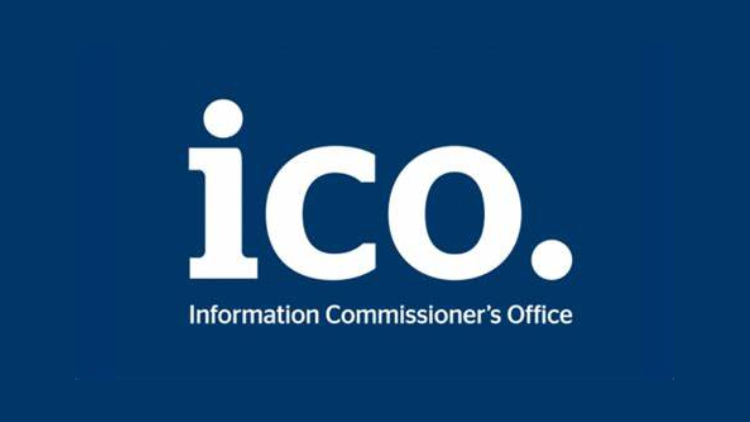Zara Smith, PACEY Advisor
You have identified that one of the children you care for is currently not developing as expected. You have talked to parents, and they also have similar concerns, so you have decided to thoroughly assess their needs. This has given you a clear understanding of their strengths and the challenges they are facing. You have had a long chat with their parents and your local authority Special Educational Needs and Disability team, and you have agreed that they will need additional support through the ‘Assess, Plan, Do, Review’ cycle’, also known as the Graduated Approach.
Having fully assessed the current situation, considered the assessments, observations and advice received and the impact it is having on their learning, the next step is to develop and produce a support plan that will support them to develop and learn.
Support plan: What to include?
A written plan to capture the crucial information of the plan to support this child is important but what should be included? Good support plans ensure that all staff who are working with the child are clear about the interventions and strategies that are to be used to support the child, help to show progress over time with the additional support and record their changing needs over time. The are also documentary evidence of the implementation and impact of the Graduated Approach. But what information should be recorded? Good support plans include the following:
- Child’s Name, DOB and date started plan. It is also important to include a Plan number, so you can the chronology of the support provided
- The names of key people involved in supporting the child (SENCO, Key person, speech and language therapists, physio therapist, consultants, health visitors etc)
- Child’s home language
- Child’s strengths
- Voice of the Child – what I can do and enjoy, what I need help with
- Parental Input – views, thoughts and concerns
- Areas of identified need (including diagnosis if appropriate)
- Details of intended outcomes/targets of the plan that are SMART (Specific, Measurable, Achievable, Realistic and Timebound)
- Descriptions of strategies and interventions that will be used to achieve these outcomes. (staffing, resources, intervention, time of day)
- Information on any on-going interventions and support
- A date that the plan will be reviewed
The format that you choose to record this is a personal choice, however, to get some inspiration and ideas, I suggest that you first check your local authority early years website. They often have templates that you could use or adapt. There are also a couple of support plan templates referred to in The Celebratory Approach to SEND Assessment in the Early Years, which are useful and there is also a template for a document that is used to capture the Child’s Voice, which you may find useful.
Plans may be referred to differently across settings and can be called Individual Education Plans (IEPs), Individual Support Plans (ISPs), Additional Support Plans (ASPs), SEND Action Plans, SEND Support Plan, My Support Plan (MSP), Child’s next steps and many more. Whatever it is called – it is a document that records the additional support that a child needs, how that support will be delivered, when, by whom and where and the impact it does or does not have.
Collaboration
They should be developed with input from the parents/carers and from any other external professionals that are involved in supporting the child. Where external agencies are involved, their suggested strategies and interventions should be included with the Graduated approach plans.
They should:
- describe the needs of the child
- outline and document the support that will be provided to the child
- include what the child is expected to achieve, what outcomes are being sought
- specify the interventions and strategies that will be put in place and how they will be tailored to help the child meet these specific targets and goals (enhanced ratios, specialist equipment, specific resources etc)
- define the frequency of support provided (3 times a day, at every transition, at each snack/mealtime etc)
- consider staff development needs to deliver the strategies and interventions
- agree a date for review
Monitoring and updating
Once it is in place, it is, of course, important to ensure that it is being implemented effectively by the relevant staff members and essential to monitor the impact of the strategies and interventions being used. If a target is over ambitious, then it should be stepped back and similarly, if the objectives are being easily achieved, the level of challenge should be stepped up. The plan is a live document that should be used regularly to ensure that the strategies are being implemented appropriately and to record progress, achievements and barriers.
It is important to also remember that these plans will also provide the necessary evidence of the Graduated Approach being implemented, and of needs and support that go beyond your ordinarily available provision – essential should you need to apply for inclusion funding. They are also an important part of the evidence required for education health and care needs assessments for those children that have the most complex needs.



